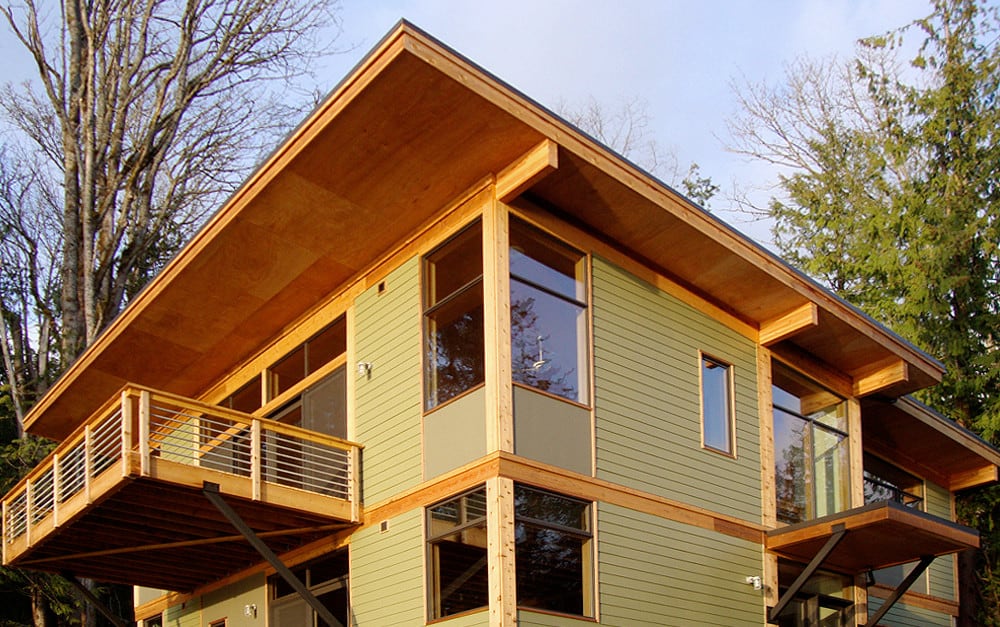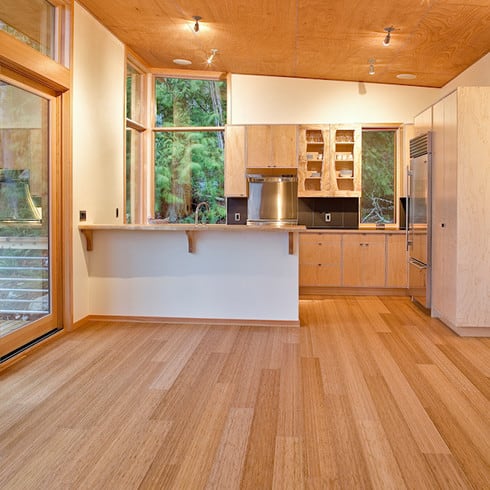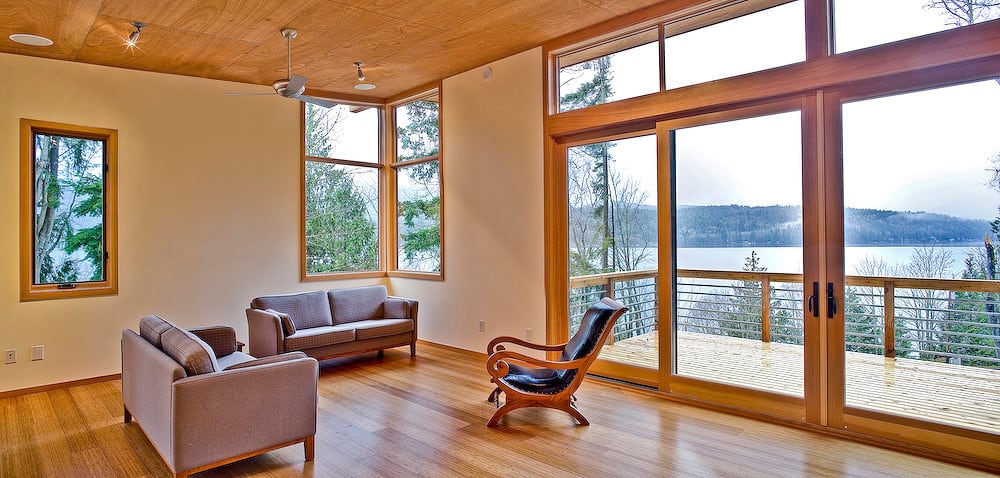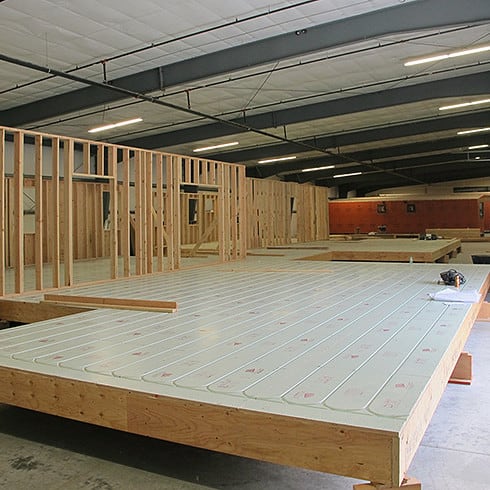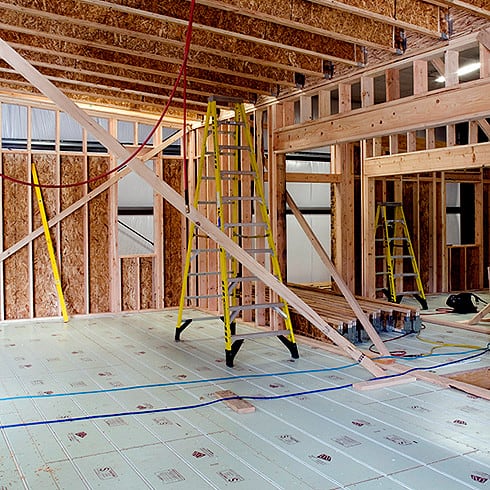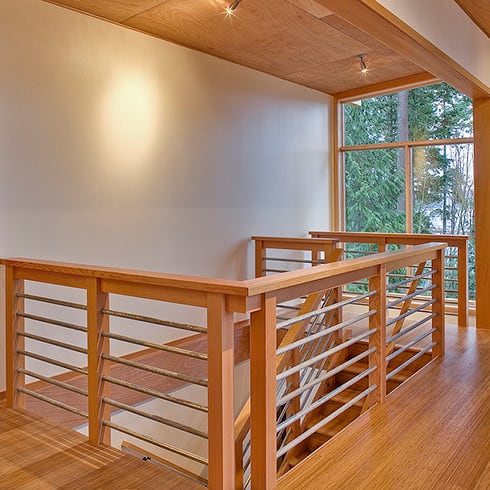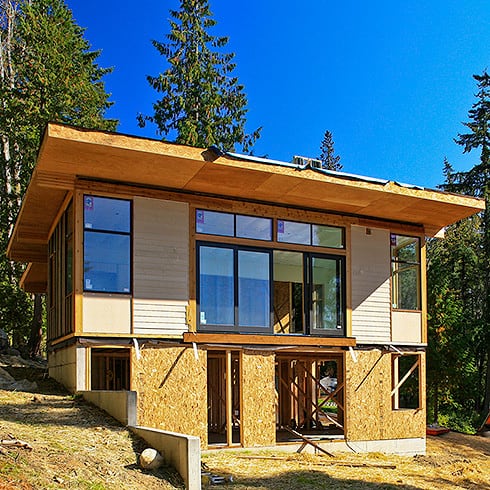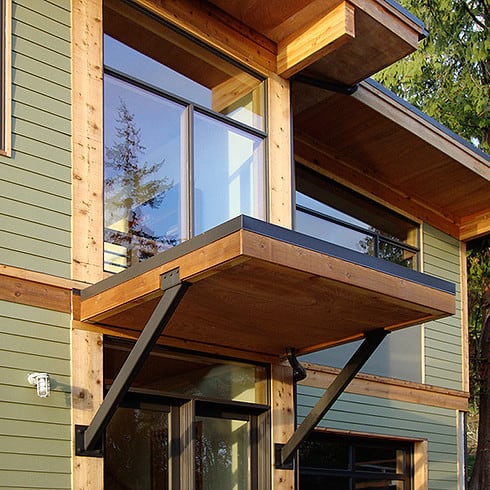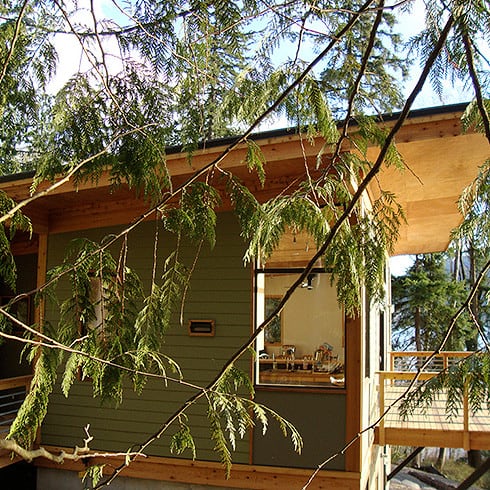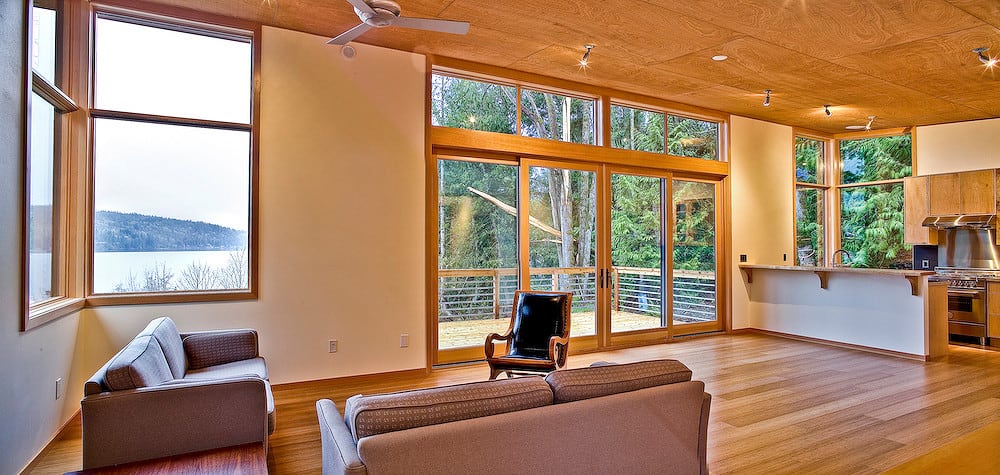Understanding Radiant Technology
Terry Alsberg, CEO of Warmboard
There’s a country western song that makes the point that a doublewide built for two is not really a home until you take the wheels off. The focus of this month’s edition of Radiant Architect demonstrates how far factory built modular homes have travelled from their double-wide ancestors. This issue’s project demonstrates how well matched radiant and modular housing can be.
The use of the term “modular” describes the process by which large homes can be assembled quickly on site by “marrying” a number of modules that are shipped as all-but-complete segments. It was part of my vision for Warmboard, itself a modularized approach to radiant, that it would find its way into this evolving industry.
Radiant is a natural fit for modular construction because all radiant systems tend to have their floor areas divided into approximately 200-300 sf or less areas. Each floor area module contains a continuous loop of tubing ending at a manifold. Because a typical housing module that travels easily down a highway is approximately 600 sf, this means that two or three hydronic tubing loops can be efficiently installed, at the factory, complete to the manifold. Once on site, these manifolds can be linked together quickly and efficiently at the marriage lines of the home.
Forced air cannot match this efficiency. Thin sheet metal ductwork does not travel well down the road at 55 MPH and is not easy to interconnect when modules are married on site.
The more antiquated forms of radiant are challenging to use in modular building for other reasons. Slabs poured on subfloor are enormously heavy which makes them difficult to transport. Plus, the rigors of transporting rigid slabs tend to cause excessive cracking.
Apart from the normal thermodynamic inefficiencies of stapling tubing underneath subfloor, much of the savings of factory production are lost because of the enormous amounts of labor required by staple-up. And nailing hardwood to floors, with tubing already installed and invisible from above, is a recipe for putting a lot of holes in the tubing.
Warmboard by contrast, is relatively light, enormously strong and durable, and therefore ideal for integration into modules that must travel. Because the tubing is installed from above the subfloor, it is quite compatible with the factory construction process. Most modular housing is designed to a 2′ module, which is inherently compatible with our full-face 4×8 panel, thereby minimizing waste. And, Warmboard’s ability to accommodate any finish floor type, all installed by the most efficient conventional construction methods, without tubing damage, allows the factory to offer the prospective owner the greatest number of finish floor options.
We can see from the comments of the homeowner, architect and builder that energy efficiency was an important driver of the decision to use Warmboard as it is with many of our site built projects. But as you can see from my comments, it is nice to know that the secondary ease-of-use benefits of Warmboard in the factory setting, gave them the freedom to enjoy the energy efficiency they so desired in their striking modular home.

